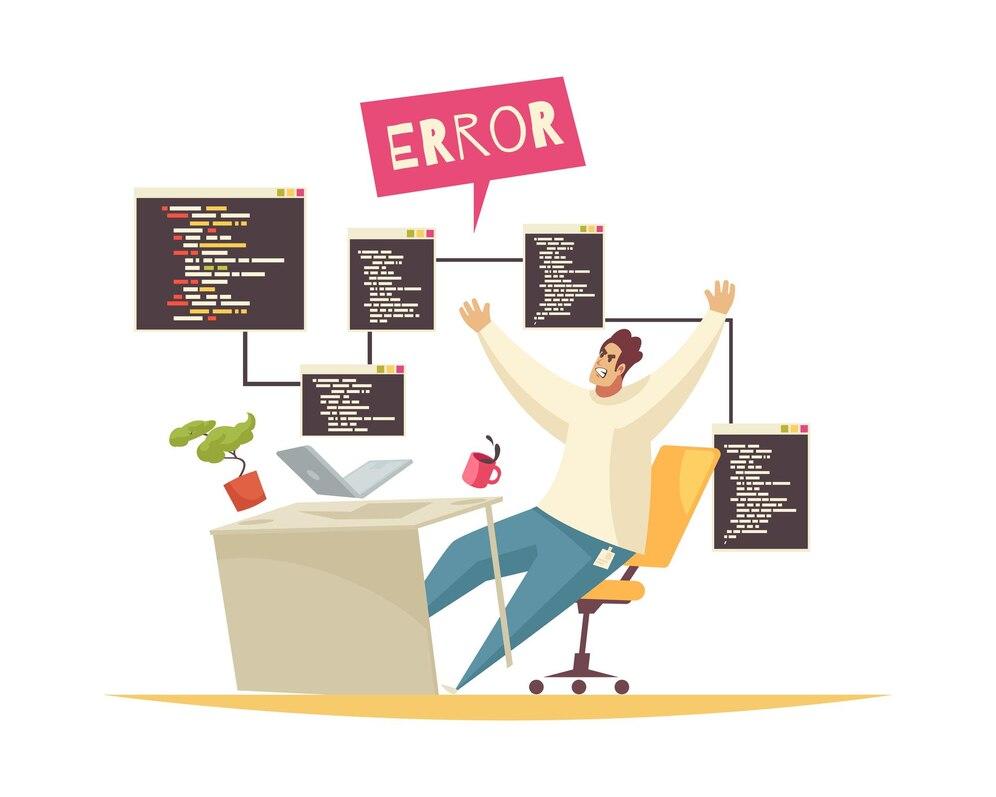Crowdfunding has become a popular way to finance startups, charitable projects, and creative initiatives. However, this mechanism attracts not only conscientious authors but also fraudsters who use fake platforms and projects for their selfish purposes.
Crowdfunding Fraud: Main Types
Fraud in the crowdfunding sphere is diverse and can take various forms. Some of the most common types include:
Fake Fundraisers
There are many instances where fraudsters create fake platforms to collect money under false pretenses. They often present non-existent projects or even use photomontage to show convincing images of their "idea." These projects may be related to non-existent startups, products, or social initiatives. Once investors are convinced that there is a legitimate company on their platform, they transfer their funds without considering that the money might just disappear.
Investment Scams in Startups
Another form of fraud is offering to invest in startups that do not actually exist. Enterprising fraudsters may call themselves "entrepreneurs" and present convincing business plans with attractive profit figures. They may use fake data to persuade you to invest in a non-existent project. Many victims find that their funds have disappeared, and the "startup" has nothing to do with what was presented.

Charity Fundraising Scams
Unfortunately, fraud in crowdfunding also affects charity. Dishonest people can create fake charitable campaigns using touching stories to evoke sympathy and thus obtain money. Often these fraudsters use images of sick children or victims of natural disasters to attract targeted donations. As a result, the money is not allocated to the project that was conceived in good faith but ends up in the pockets of fraudsters.
Fake Crowdfunding Projects
There are also cases of creating fake projects on well-known crowdfunding platforms like Kickstarter or Indiegogo. Fraudsters create applications that look plausible with believable videos and descriptions to attract funding. They use reviews, which can also be fake, to create an illusion of reliability and gain public trust. However, once the company raises enough money, its creators disappear, leaving investors with nothing.

How to Check a Crowdfunding Platform
Checking a crowdfunding platform before investing money is an important step in protecting your finances. Here are some recommendations to help you avoid falling into the trap of fraudsters.
- Research the platform. Before you start investing, conduct thorough research on the platform. Look at reviews from other users and the overall reputation. If the platform has been around for a long time and has many positive reviews, it's a good sign. However, if you see many negative comments and complaints, it's better to stay away from such a project.
- Pay attention to the project. Look at the project itself. Ensure it has transparent information, including a description and a video showing the team behind the project. Find out if they have social media and an active online presence. This can help determine their legitimacy.
- Check the company creators. Check the information about the people or team behind the project. It's good if they have previous successful projects or experience in the industry. Don't hesitate to ask questions or request additional information. Conscientious entrepreneurs will be willing to communicate and share information about their work.

Scam in Startup Investments
Investing in startups through crowdfunding provides an opportunity to profit from new and promising ideas. However, this area is also full of fraudsters who use passport data and personal testimonies to lure investors.
The main problem investors face is that startups often have a high level of risk. Not all ideas will be successful, and sometimes even well-conceived projects may fail. Adding fraudsters into the equation significantly increases the likelihood of losses. Therefore, it is important to understand business models and conduct thorough checks before investing funds.
To reduce risks when investing in startups, investors should use diversification opportunities. Don't put all your money into one project; instead, consider different options and analyze each of them. Make sure you have a clear exit strategy if something goes wrong.
Fraudsters on Kickstarter
Kickstarter is one of the most well-known crowdfunding platforms, and it often becomes a target for fraudsters. Some of them create fake projects using visually appealing content. However, there are several ways to protect yourself from potential fraudulent schemes.
If a project arouses your suspicion, look at the details. Carefully study the description of the product or service being offered. Ensure they make sense and that the project has a clearly defined goal. If the information about the product or service is vague or incomplete, it's worth being cautious.

Examine reviews about the project and its creator. Having more positive ratings is always good, but remember that even they can be fake. Look for independent opinions on third-party platforms and forums. Note how the team responds to negative reviews and criticism, as this often indicates professionalism and responsibility.
There are many online resources that help verify the legitimacy of crowdfunding projects. Refer to sites that specialize in analyzing startups and crowdfunding platforms. They can provide important information and even warning signs about fraudsters.
Crowdfunding opens new opportunities for financing projects and ideas. However, like any other field, it has its risks associated with fraud. Understanding common fraud schemes, checking platforms and projects, and exercising caution in investments will help you avoid unpleasant consequences. The main task of the investor is to remain critically minded and not fall for emotional tricks, otherwise trust in this financing method may be undermined, which will not hinder those who truly want to realize their dreams.
